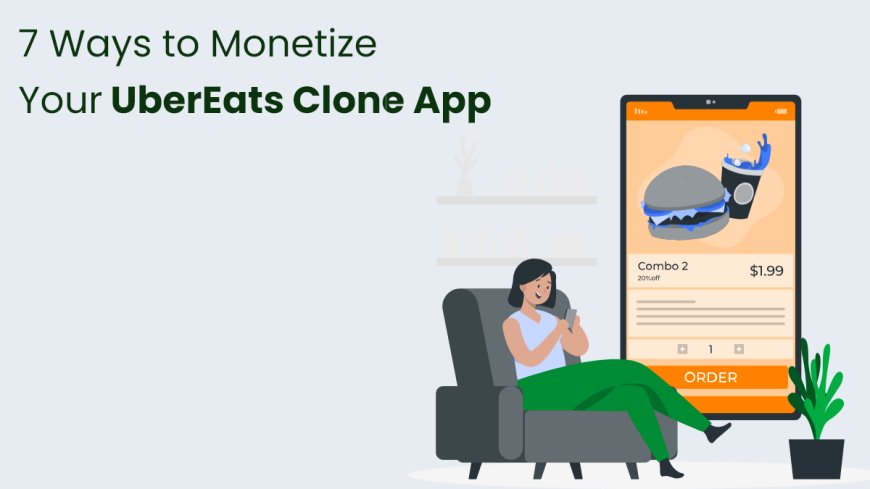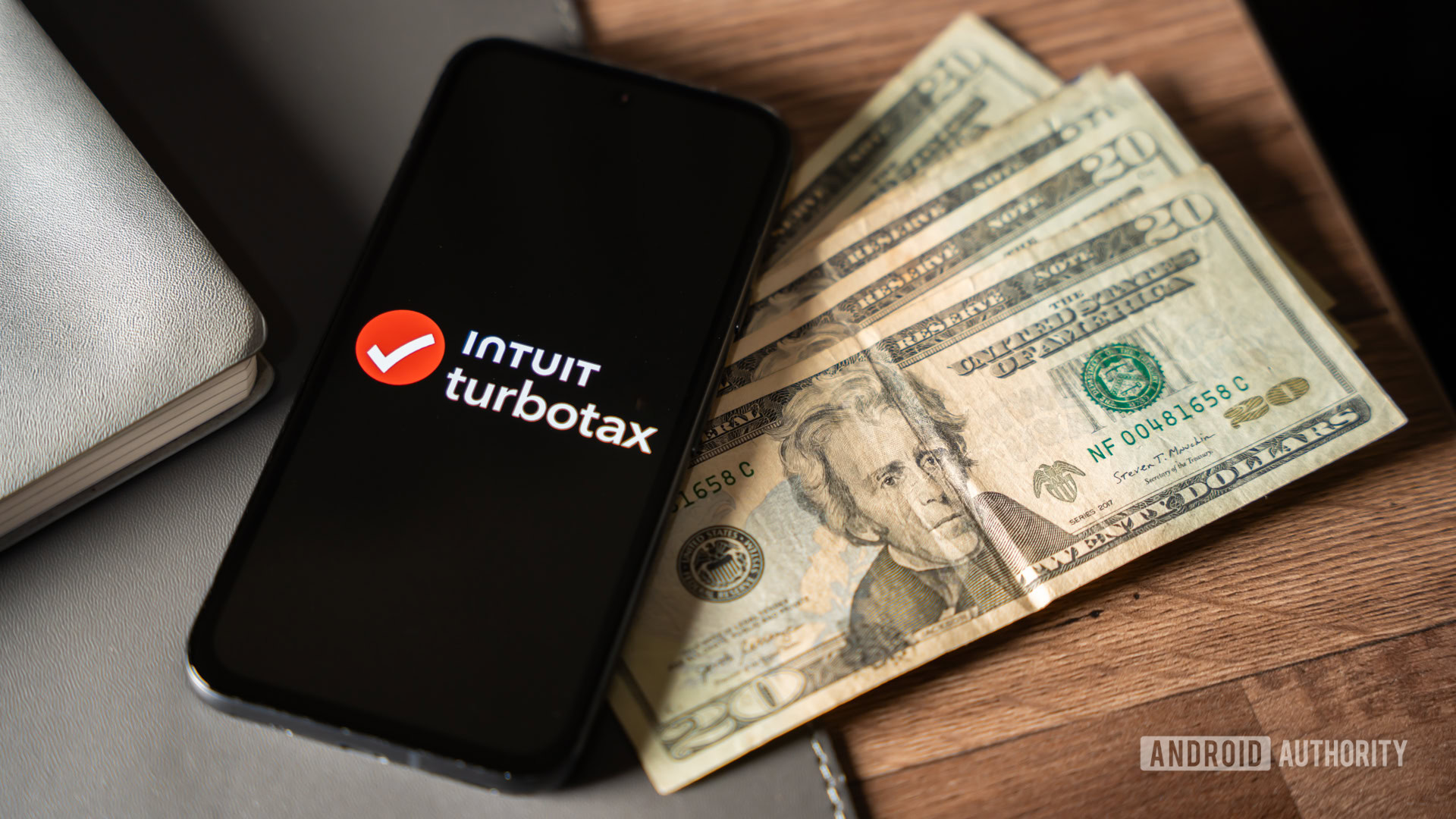7 Ways to Monetize Your UberEats Clone App
Discover 7 proven strategies to maximize profits with your UberEats clone app. Learn how to monetize your platform effectively and boost your revenue today!

In the competitive landscape of food delivery apps, monetization strategies play a pivotal role in driving profitability and sustainability. As an entrepreneur investing in an UberEats clone app, maximizing revenue streams is essential for long-term success. Here are seven effective ways to monetize your UberEats clone app:
Commission-Based Model
One of the most common monetization strategies for food delivery apps is the commission-based model. Under this approach, restaurants pay a commission on each order facilitated through the app. By charging a percentage of the order value, businesses can generate revenue while providing a platform for restaurants to reach a broader audience. The commission rate can vary based on factors such as order volume, restaurant popularity, and market dynamics, enabling businesses to optimize their revenue potential.
Delivery Fees
Implementing delivery fees is another lucrative monetization strategy for UberEats clone apps. By charging customers a fee for delivery services, businesses can offset operational costs associated with logistics and transportation. The delivery fee can be fixed or variable, depending on factors such as distance, order size, and peak hours. Offering free delivery for orders above a certain threshold can incentivize larger purchases while ensuring profitability for the business.
Subscription Plans
Introducing subscription plans can provide a recurring revenue stream for UberEats clone apps. By offering premium features and benefits, such as discounts, exclusive offers, and priority delivery, businesses can entice customers to subscribe to monthly or annual plans. Subscription plans not only generate predictable revenue but also foster customer loyalty and retention. Tailoring subscription tiers to cater to different customer segments allows businesses to maximize the value proposition and drive subscription uptake.
Sponsored Listings
Partnering with restaurants to feature sponsored listings can generate additional revenue for UberEats clone apps. By highlighting sponsored restaurants at the top of search results or in prominent sections of the app, businesses can increase visibility and drive customer traffic. Restaurants pay a fee to be featured as sponsored listings, providing a cost-effective marketing solution to reach target audiences. Offering sponsored listings as part of premium advertising packages enables businesses to monetize their platform while offering value to restaurant partners.
In-App Advertising
Monetizing through in-app advertising presents another lucrative opportunity for UberEats clone apps. By displaying targeted ads from relevant brands and businesses, apps can generate revenue through pay-per-click or impression-based models. Advertisers pay to promote their products or services to a highly engaged audience, leveraging the app's user base and demographic insights. Implementing native ads that seamlessly blend with the app's interface enhances user experience while maximizing advertising revenue.
Premium Features
Offering premium features and add-on services can unlock new revenue streams for UberEats clone apps. From advanced search filters and customization options to priority customer support and enhanced order tracking, businesses can upsell premium features to users willing to pay for added convenience and benefits. Implementing a freemium model, where basic features are available for free with optional premium upgrades, allows businesses to cater to diverse customer preferences and monetize effectively.
White-Label Solutions
Providing white-label solutions to restaurants and food businesses can diversify revenue streams for UberEats clone apps. By licensing the app's technology and branding to third-party businesses, apps can generate revenue through setup fees, licensing fees, and ongoing royalties. White-label solutions enable restaurants to launch their branded food delivery apps quickly, leveraging the app's infrastructure and customer base. Offering customization options and dedicated support services enhances the value proposition for white-label clients, driving adoption and revenue generation.
Conclusion
In conclusion, monetizing an UberEats clone script requires a strategic approach that aligns with market trends and consumer preferences. By leveraging a combination of commission-based models, delivery fees, subscription plans, sponsored listings, in-app advertising, premium features, and white-label solutions, businesses can maximize revenue potential while delivering value to users and partners. Implementing diverse monetization strategies enables UberEats clone apps to adapt to evolving market dynamics and capitalize on emerging opportunities in the competitive food delivery landscape. By innovating and optimizing their monetization strategies, entrepreneurs can build sustainable revenue streams and position their apps for long-term success in the burgeoning realm of food delivery services.
What's Your Reaction?
 Like
0
Like
0
 Dislike
0
Dislike
0
 Love
0
Love
0
 Funny
0
Funny
0
 Angry
0
Angry
0
 Sad
0
Sad
0
 Wow
0
Wow
0














































